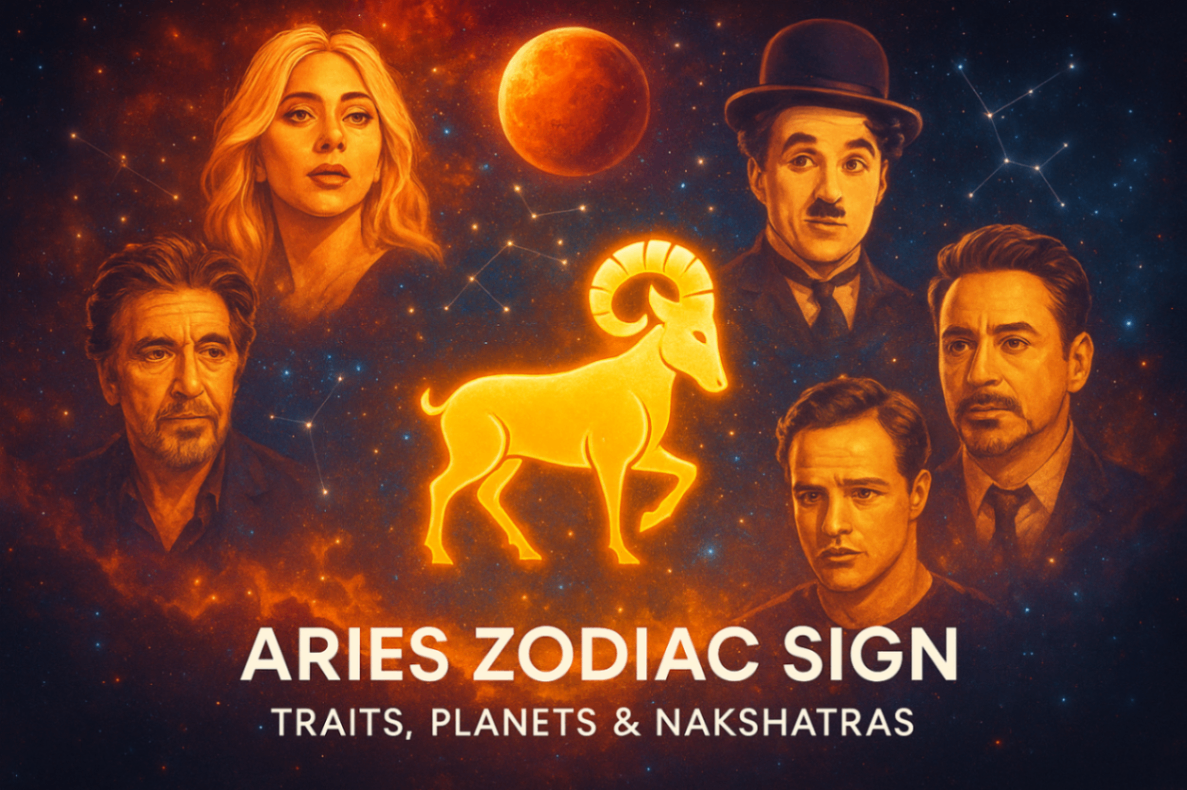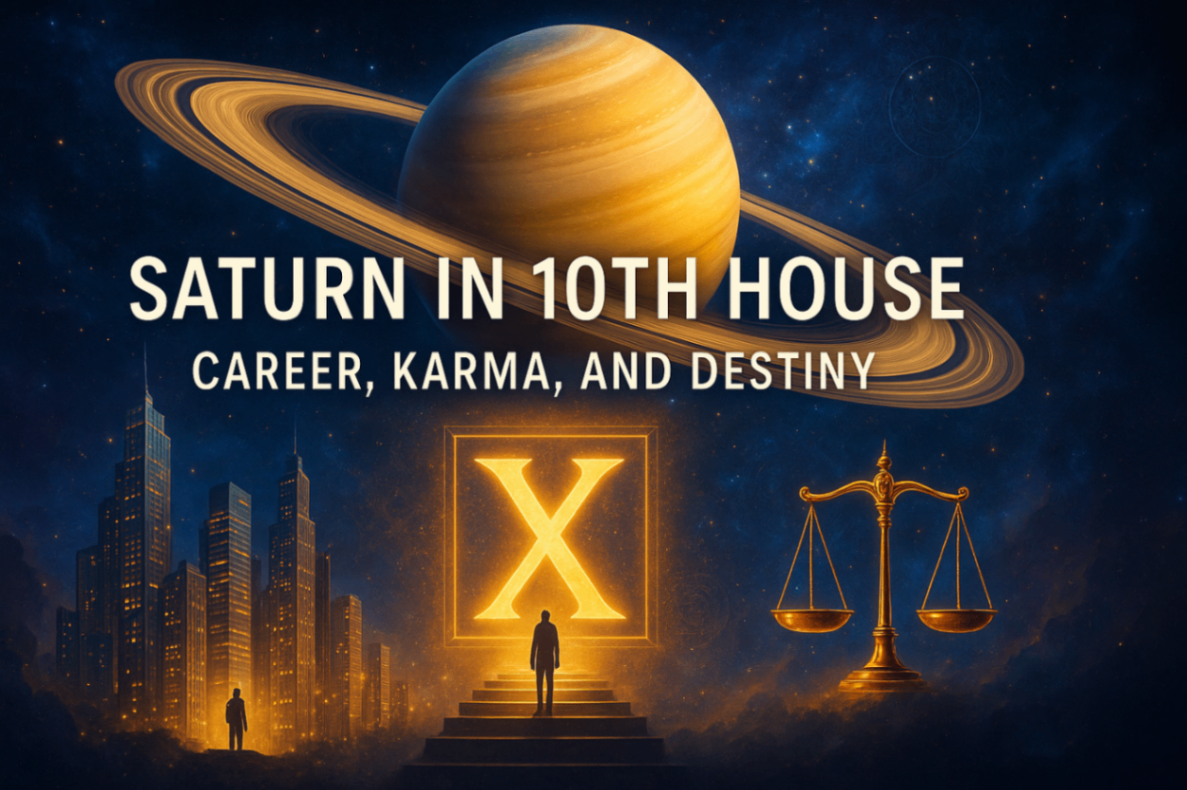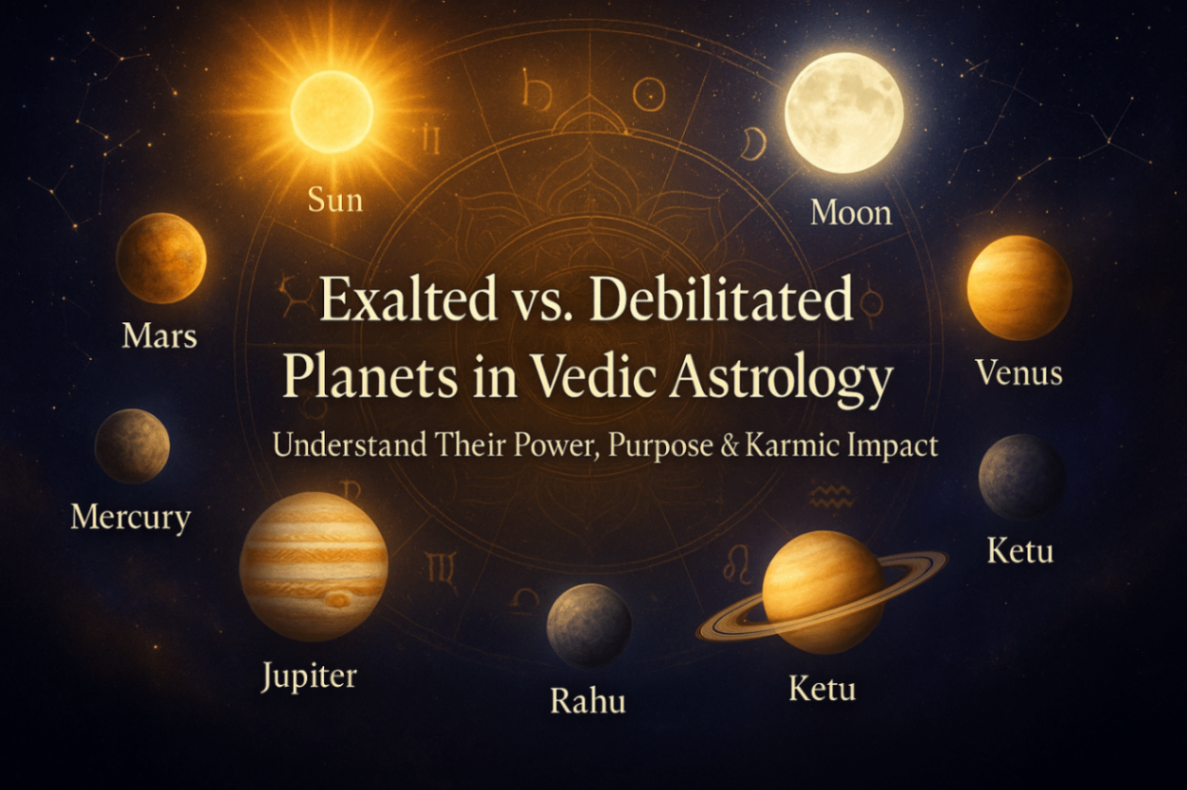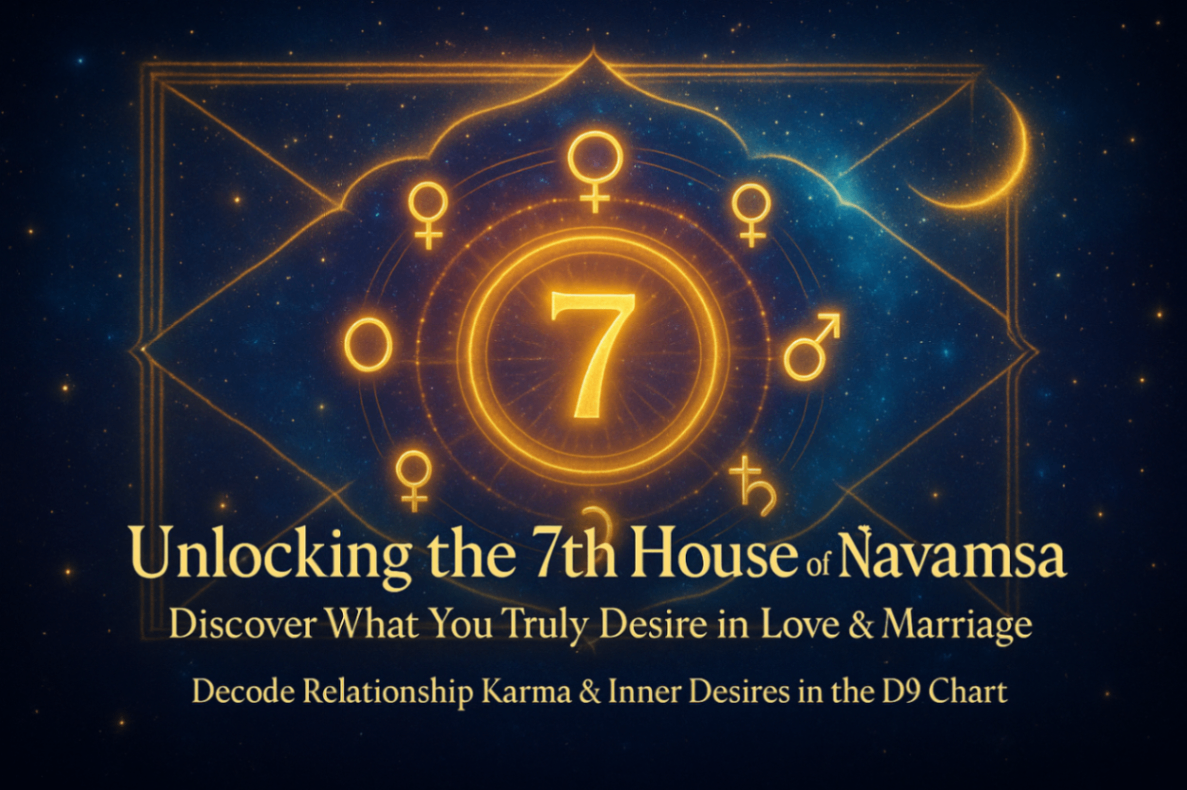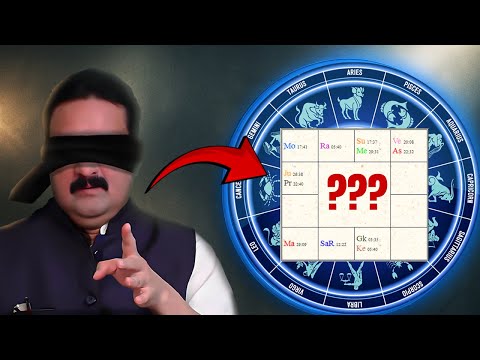Exploring the Lunar Nodes: Rahu and Ketu in Vedic Astrology
So, what exactly are the nodes of the Moon? Well, they are shadow, not physical, planets, also known as Rahu, the North Node, and Ketu, the South Node. They are deemed to be critical points in a birth chart, paving the way for karmic analysis and judgment. Let's have a closer look at their significance and determine which is the better calculation for them, Mean Node or True Node?
The Zodiac and the Ecliptic: Understanding the Celestial Sphere
The Earth orbits the Sun, but since we are sitting on planet Earth, it doesn’t look that way. For millennia, our ancestors assumed it was the other way around—that the Sun orbited the Earth. Since astrology is Earth-centered, we stick with that visual illusion in our language and perspective. What we actually see is that the Sun circuits the same band consisting of signs and constellations, also known as rashis and nakshatras, each year. Astrologers call that band the Zodiac. Astronomers call it the Ecliptic.
The Moon's Orbit and the Nodal Points
The Moon orbits the Earth. That cycle takes just under 27 days, eight hours. Again, imagine that as the Moon does so, it too sweeps out another flat circle of glass. That is the Plane of the Moon’s orbit. We project it out onto the Celestial Sphere as well, just like with the Ecliptic. It is helpful to remember that even though in reality the Moon’s orbit is a lot smaller than the Earth’s orbit around the Sun, when they are both projected onto the inside of the imaginary Celestial Sphere, they are the same size.
The Nodal Cycle and Its Significance
Spin a child’s top. Say it is rotating really fast in a clockwise direction. As it gradually runs out of momentum, you see it begin a slow counter-clockwise wobble before it topples over. Similarly, as the Moon speeds around the Earth every month, the plane of its orbit is gradually sliding backward in the opposite direction. In other words, the places where the Moon’s orbit crosses the Ecliptic—the nodes—do not remain in the same degree of the Zodiac for eternity. Instead, they move slowly retrograde, taking 6793.39 days to get back to where they started. That works out to 18.5997 years—18 years, seven months, and a few days.
Eclipses: The Dance of Sun, Moon, and Nodes
Solar and Lunar Eclipses fit into all this nodal theory in a fairly obvious way, if you think about it. A solar eclipse, as everybody knows, is a big deal. People travel long distances to see one. What many do not realize is how close we come to a solar eclipse every month. Every 29 days or so, we have a New Moon. That means that the Sun and the Moon are aligned in the same degree of the Zodiac.
Mean Node vs. True Node: Which Is More Accurate?
There is a lot of fuss in the astrological community about whether to use the mean or the true nodes. People get very passionate about it, even though the difference between mean and true is never great, not more than a degree and a half or so. Though this may affect the nakshatra placement of the Node, and hence the calculation, especially if you are experiencing a nodal dasha.
Mean Node vs. True Node in Birth Charts and Transits
I normally see the mean node calculations for general transits. However, when examining a birth chart, I will also take a look at the nakshatra placement of Rahu and Ketu, as this can make a difference in the planets that are impacted. I have seen this practice work well, as there are certainly times when the Mean Node is more applicable and relatable for a person in their birth chart, and other times, it is the True Node. This becomes relevant if they are undergoing the dashas of the Nodes.
If you are interested in a reading, please make a selection by visiting the Consultations page.
Text from Article taken from Chapter 5 of Steven Forrest’s book, Yesterday’s Sky, and is used by permission.



